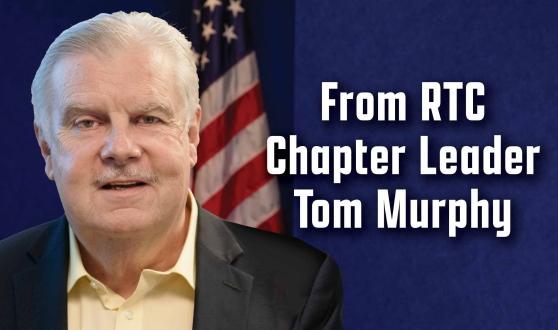
As Retired Teachers Chapter members, we are all also members of the American Federation of Teachers, our national affiliate. While the national union may seem distant from our activist local in New York City, we are, in fact, an integral part of the AFT. We are represented there by elected convention delegates and in other ways.
The AFT’s bird’s-eye view keeps us involved in national issues and policies that affect the wider labor movement and working families. The AFT’s broad mission statement speaks to championing fairness, democracy, economic opportunity and high-quality public education, health care and public services for our students, their families and our communities. This umbrella proclamation allows the organization to incorporate many policies and projects into its activism.
The AFT has always drawn on the energy and passion of its retirees, particularly the nearly 80,000 UFT retirees. But until recently, the representation of union retirees in the national union’s governance structure was limited to an AFT Retiree Committee. That committee, which was established in the 1990s, grew in importance over time as it advocated for retirees and worked to promote policies that advanced their interests.
Many retirees, including me, proposed that retirees should have a more significant role in the AFT governance structure. AFT President Randi Weingarten became our strongest proponent.
The AFT has many committees but only a handful of Program and Policy Councils, which provide a higher level of governance. These councils advise, implement and set a course of action to take in their areas of expertise.
Weingarten and fellow AFT leaders proposed constitutional amendments at the AFT’s last biennial convention, in 2022, to adjust the structure of how the AFT operates. The convention delegates overwhelmingly ratified the changes, a testament to growing retiree activism that they had witnessed in their home locals across the country.
I was proud to be asked to chair the new AFT Retiree Program and Policy Council that was created as a result of those structural changes. My appointment is really a tribute to the reputation of the UFT’s Retired Teachers Chapter. The size of our chapter was a factor, but it is also that the AFT can count on UFT retirees to attend rallies, lobby legislators and get out the vote via phone banks and door knocking in key political races across the nation.
The Retiree Program and Policy Council is one of the AFT’s largest councils. It represents states including California, Texas, Oregon, Alaska, Washington, Ohio, Illinois and, of course, New York and Florida. Our first task has been to organize and engage the retirees in AFT locals.
We have had discussions on the council about how to foster ongoing engagement among our retirees. What do retirees need to stay connected with their union after their in-service careers are behind them? I love political action, but I know other retirees are not drawn to electoral politics. Some retirees look to their union for opportunities for more social interaction. Others want to secure new retiree benefits or take continuing education classes. Retirees are diverse, and our ability to engage them where they are is what makes our union locals strong.
Retiree leaders who serve on the new AFT council have shared their experiences and learned from each other. That process has made us all stronger.